The Monk is one of the more challenging classes to build as a multiclass in Baldur’s Gate 3. It’s a class that prefers having no armor, and only a handful of weapons actively work to benefit from its open-hand playstyle. However, there are a few choices you can meld together with it.
A few classes have exceptional synergies with unarmed strikes and the Monk in general which make them very enticing. It all comes down to the type of character you want to play, what your party needs while you’re playing, and how you’re hoping to synergize with your companions. Thankfully, you can always speak with Withers if you want to reconsider your choices. These are some of the best multiclass options for Monk in Baldur’s Gate 3.
The best Monk multiclass options in Baldur’s Gate 3

The Monk is a melee striker that prefers to use simple weapons, shortswords, or to have no weapons with unarmed combat, dealing massive single-target damage. Strong multiclass options include spellcasters that grant them advantages in specific situations, ranged attackers, or ways to add to their bonus actions.
Monks are, however, very reliant on Dexterity and Wisdom ability scores due to several features shutting down while they wear armor. While wearing armor and being a Monk isn’t impossible, you lose out on additional movement speed. We will focus on using unarmored builds for the sake of this guide, but feel free to try out Heavy Armor Fighter Monks if you feel the urge.
We will mostly see Way of the Open Hand and Way of the Shadow in the following class builds. We avoid discussing the Way of the Four Elements, as it’s a Monk subclass that relies too much on Ki points, far more than the other choices.
Best Monk and Druid multiclass build in Baldur’s Gate 3
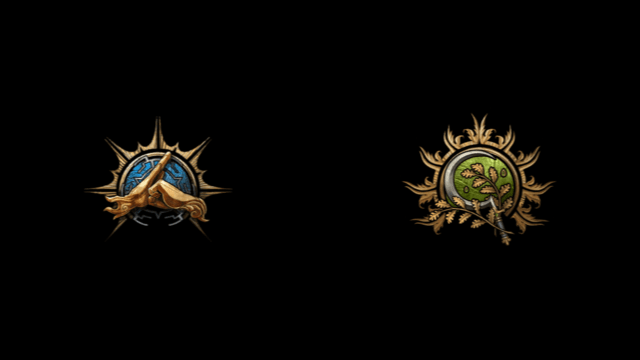
- Role in party: Frontline damage, occasional spellcasting
- Pros: Replace later game Monk levels with 16 temporary hitpoints, additional spellcasting, and additional damage by spending a resource.
- Cons: Lose unarmed damage and Ki points, lose minor Monk utility.
- Feats: Tough, Ability Score Improvement
- Important magic items: Bonespike set, Armor of the Sporekeeper, Shapeshifter Hat
Monk, sadly, doesn’t have much synergy with Druid‘s Circle of the Moon options. That being said, there is another Circle with much stronger synergies that works even better for the Monk: Circle of Spores. Here, you can apply a series of damage-over-time and crowd-control effects to enemies while engaging them in close-range combat. These two can work together well, as the Druid in Baldur’s Gate 3 also benefits from a high Dexterity and Wisdom ability score.
For an optimal combination, we recommend going with the Way of the Open Hand and Circle of Spores subclasses. Way of the Open Hand works great with Flurry of Blows, our primary damage option. You want to grab Circle of Spores because at Druid level two, you unlock Symbiotic Entity, which provides temporary HP and additional damage on unarmed attacks, making it viable if you don’t take much damage.
Druids can relearn many of their spells, but not their cantrips. Produce Flame is an okay ranged option, and Guidance makes you very handy outside of combat. As for spells to keep around consistently, Longstrider, Healing Word, Hold Person, and Spike Growth are commonly powerful options throughout your campaign.
Feat-wise, your character is so reliant on stats that Ability Score Improvement will be your best friend. However, for characters wanting more interesting strategies—or characters benefiting from Auntie Ethel’s Hair or the Mirror—you can look into War Caster or Tough to raise your durability.
Your magical items should be a healthy mix of support for unarmed attacks and Wild Shape. The Shapeshifter Hat is critical since you will be falling out of Wild Shape quite often. Corellon’s Grace and the Bonespike Boots are great for Monks. The Vest of Soul Rejuvenation works fine as your robes.
Be wary of your resources, however. This build can quickly burn through Wild Shapes and Ki Points. Short rests will be common, so it works well with Warlocks and Bards. You also want to keep a Cleric in the party who can regularly heal you and keep your character’s health up. You’ll want to stick close to the frontline tank for most of each fight, as they can help keep enemies from overwhelming your position.
Best Monk and Ranger multiclass build in Baldur’s Gate 3
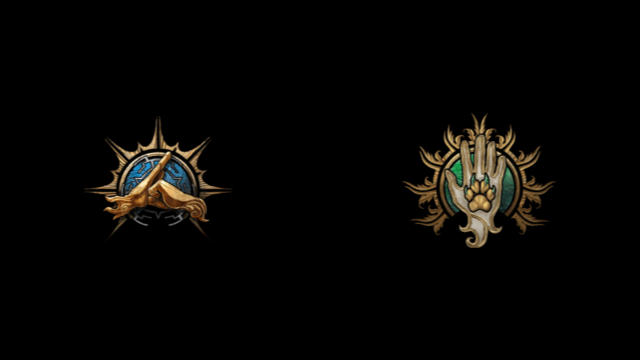
- Role in party: Physical, single-target damage dealer.
- Pros: Deal significant additional damage with Ranger levels, gain significant ranged capabilities.
- Cons: Some of Ranger’s abilities don’t mix well with Monk. Over-reliance on bonus actions.
- Feats: Sharpshooter, Ability Score Improvement.
- Important magic items: Gontre Mael, Circlet of Hunting.
One of the biggest problems with Monk is its lack of solid ranged options in Baldur’s Gate 3. Ranger is a good way to fix it, but they also have plenty of attacks that benefit the Monk’s unarmed and close-range combat. We will use the Ranger‘s fantastic ranged abilities with the Monk’s high single-target damage to our advantage. Balancing melee and range can be difficult, especially if you don’t have an excellent way to close the distance. You don’t want to be surprised by an enemy while playing this character.
Once you get Extra Attack from Monk, begin putting levels into Ranger. Get all four levels in, then swap over to Monk to finish your 12. Your character’s race won’t matter too much, but we are partial Tieflings, who tend to have extremely good versatility no matter which variant you choose. You can also go with Wood Elfs, Half-Orcs, Dwarves, or Dragonborn. For background and skills, Folk Hero tends to be quite adept for you, though Outlander works fine.
Your ability scores are Dexterity 16, Wisdom 16, Constitution 14. You’re free to choose whatever else works. You’ll be jumping back and forth between frontline combat and staying at ranged distance, so a healthy amount of Dexterity and piling up on using other items is never a bad thing for this character.
Your archetypes are Way of the Shadow and Gloom Stalker. Way of the Shadow is here for damage, Gloom Stalker for the initiative bump and slight advantage on your first turn. When playing as a Gloom Stalker, there are several ways to give your character invisibility or allow them to blend into the shadows.
For the choices that you make as a Ranger, we recommend Archery for Fighting Style, Bounty Hunter favored enemy, and Beast Tamer Natural Explorer. We’d also recommend learning Hunter’s Mark, Ensnaring Strike, and Cure Wounds for your first level spells.
Feats are simple. As usual for the Monk, dedicating yourself to Ability Score increases for Dexterity and Wisdom will never be a bad choice. However, if you decide to instead go for pure damage and archery, you can take Sharpshooter. You’re not going to be great at archery, but you will be able to deal appreciable damage while you close the distance for Flurries.
Finally, your items. Gontr Mael gives you Haste and great attack rolls with your ranged weapon, a combination that works well on the Monk and the Gloom Stalker alike. Find good clothing armor, like the Vest of Soul Rejuvenation, to keep yourself safe while allowing you to keep the movement speed, which lets you close the gap on enemies. Otherwise, take some weapon-based staples like Helldusk Gloves, which work great for Monks and Rangers.
This version of the Monk marks enemies with Hunter’s Mark before landing weapon strikes with a staff, such as Corellon’s Grace. Your Ranger levels let the Monk snipe targets from afar before closing the distance for a Flurry of Blows, potentially alleviating some pressure that the Monk normally takes from being in melee for a long time. If a target gets too close or you’re surrounded, Gloom Stalker allows your Monk to become invisible, and they can use the Way of the Shadows to slip away before firing using a ranged attack when they’re at a safe distance.
Your goals align with a Ranger or Monk: Choose a target and kill it quickly. Out of combat, use that high Wisdom to your advantage with Perception and Insight checks. You might become the lockpicking and Sleight of Hand character for your Baldur’s Gate 3, which is never a bad way to play the game.
Best Monk and Rogue multiclass build in Baldur’s Gate 3
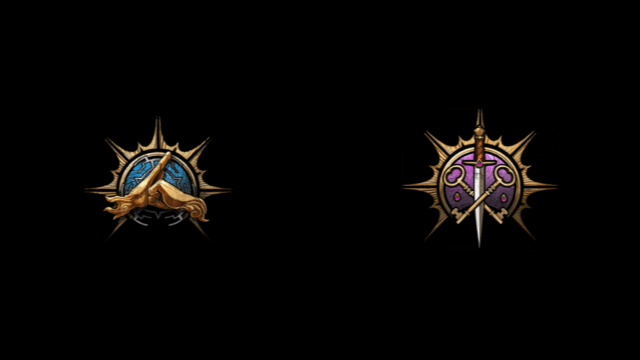
- Role in party: Physical, single-target damage dealer.
- Pros: Ability to use three bonus actions per turn, potential for Sneak Attack if needed.
- Cons: Fists don’t sneak attack. Lower feat count, spends a lot of Ki per round.
- Feats: Tavern Brawler, Ability Score Improvement
- Important magic items: Gauntlets of Frost Giant Strength, Bonespike set
This build utilizes the Open Hand’s Wholeness of Body and the Thief Rogue‘s Fast Hands to gain up to three bonus actions per turn, which can lead to up to 10 punches per round during a fight. Although these attacks don’t do a huge amount of damage, they can stack up quickly, and if you want to focus down a particular target for the rest of your Baldur’s Gate 3 party, this is a great way to do that.
For this combination, you want to reach level six in Monk before switching to three levels in Rogue. This way, you can unlock the Extra Attack pretty quickly, and Wholeness of Body is a significant upgrade to your Ki economy and damage potential. Half-Orcs are good at builds that attack a lot and work for critical hits, but we saw a lot of success using a Gnome to resist magical attacks, along with Wood Elves, Dwarves, or Githyanki.
Your ability scores will change a little bit over your playthrough. To start, you want high Dexterity, Constitution, and Wisdom, as with the previous builds. But you also want a bit of Strength. DEX 16, CON 13, WIS 16, and STR 14 is fine. Once you get to the House of Hope and get Gauntlets of Frost Giant Strength, you can speak with Withers to reduce your Strength back down to eight and allocate those points to other Ability Scores.
For your Expertise abilities, we recommend Sleight of Hand and Athletics. Your Monk will also be naturally stealthy as they have a high Dexterity score, which means Stealth is another solid option.
Feats are crucial for any Monk, and Tavern Brawler will give you a +1 to your Constitution while adding your Strength modifier to any attacks and damage rolls for unarmed attacks. With Gauntlets of Frost Giant Strength, that will be plus-six on top of your plus-six. That’s a massive bonus, and worth walking around unarmed for. The problem is this won’t happen until you reach the Third Act, which is a significant downside.
Other than the Gauntlets of Frost Giant Strength, you can make this build work with the Amulet of Greater Health, any item that benefits unarmed attacks like the Boots of Uninhibited Kushigo, and defensive items like Bonespike Boots.
This build plans on spending a lot of Ki per round and only has 10 Ki points to spend. Spend a few Ki points before using Wholeness of Body for three rounds of three bonus actions a turn. Don’t worry about spending your action on Wholeness of Body in a fight; the extra bonus actions are well worth the cost.
If you’re worried about landing Sneak Attacks first, use a Shortbow or Light Crossbow for your first attack and then move in for a Monk Weapon attack. You can also rely on your Monk’s high Stealth skill to sneak behind enemies and surprise them, or wait for your other party members to engage in an encounter and step in after starting the fight. We recommend going unarmed once Tavern Brawler is online since that damage is brutal.


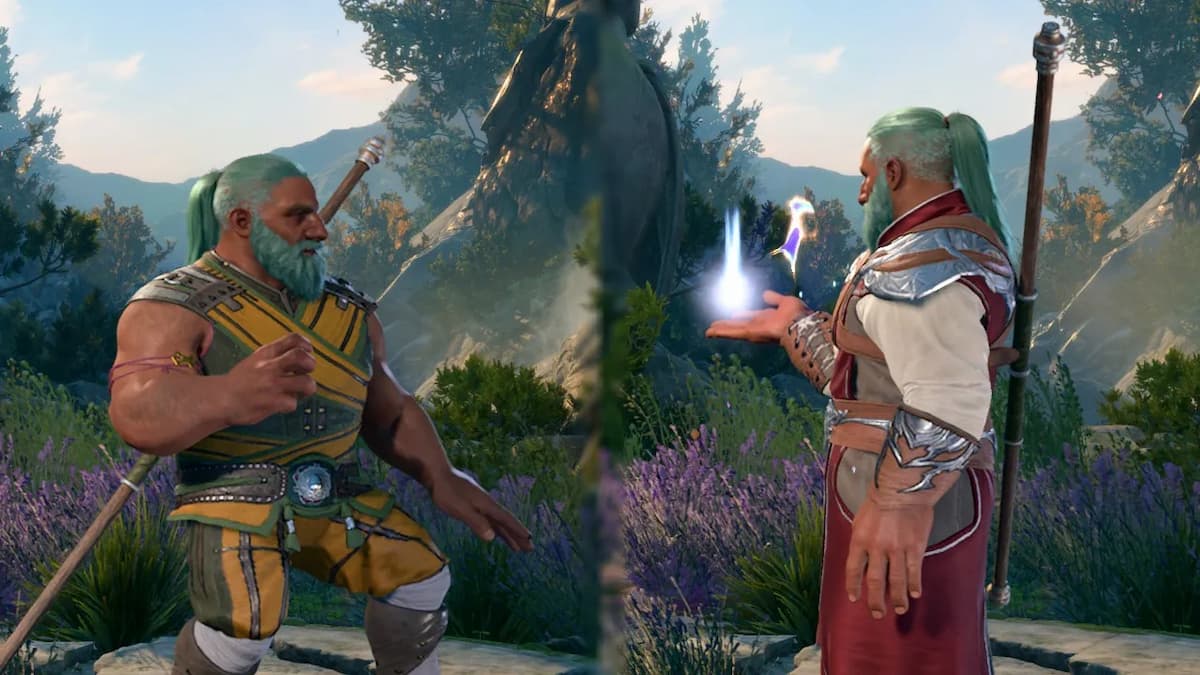
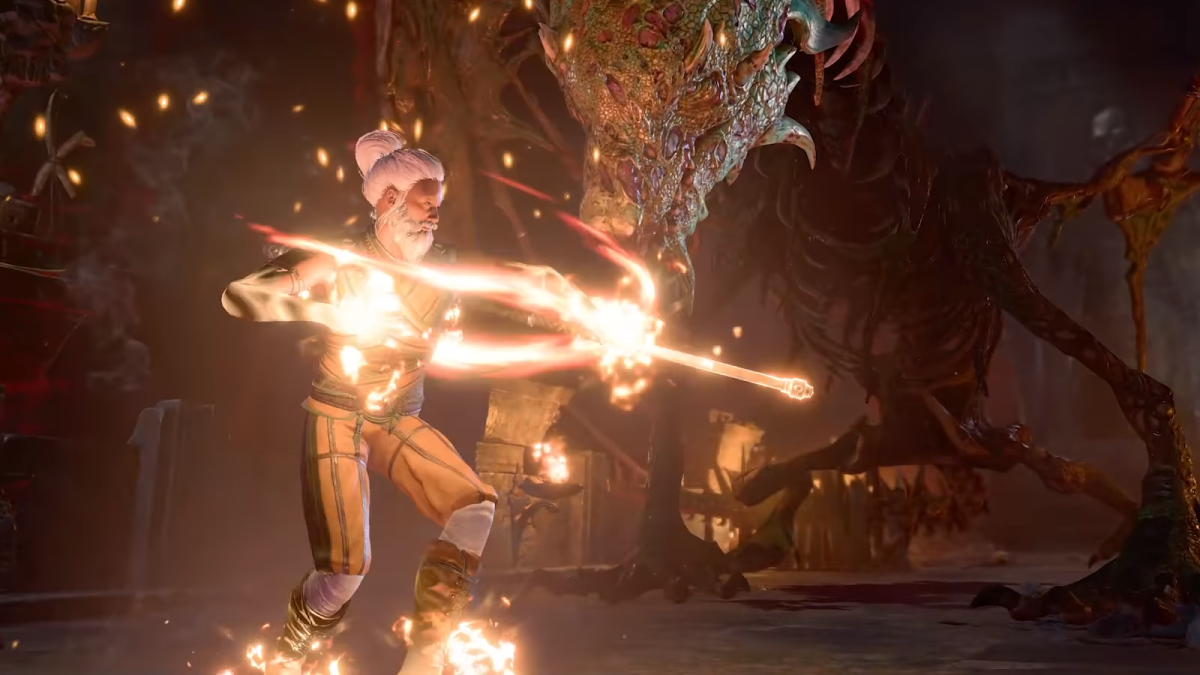
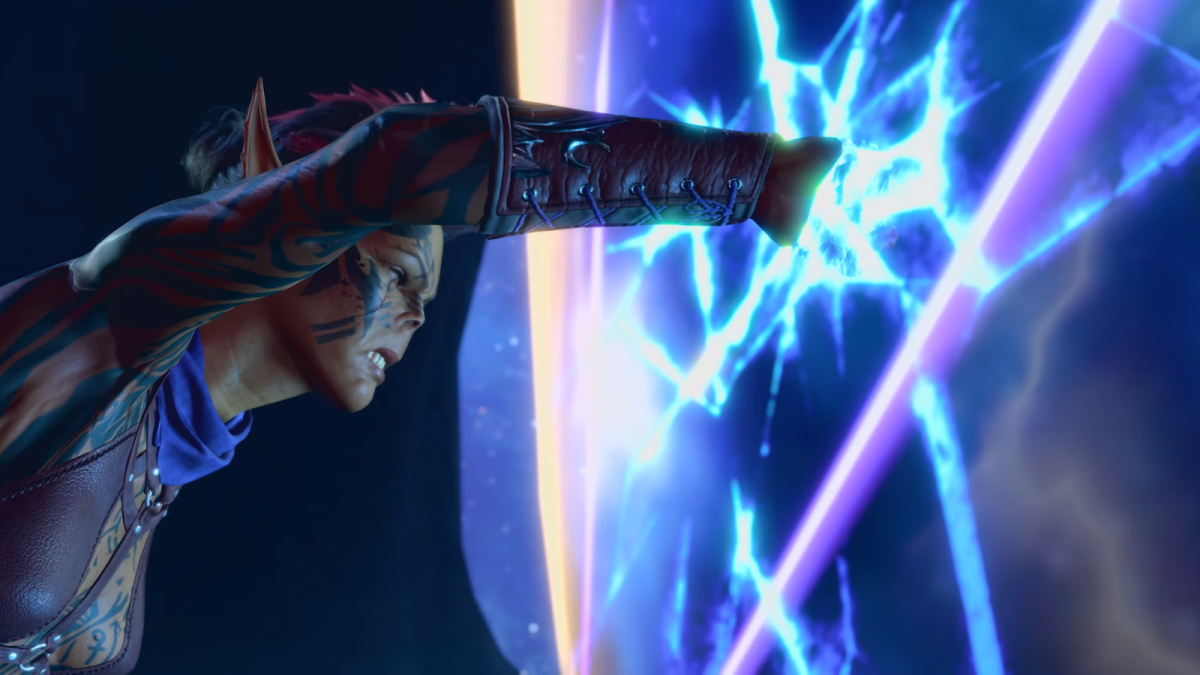

Published: Oct 22, 2024 04:47 pm